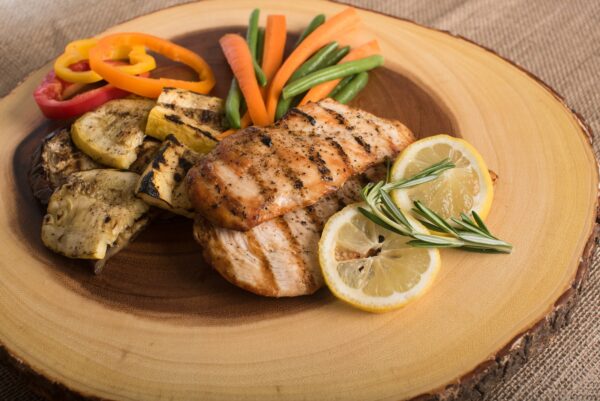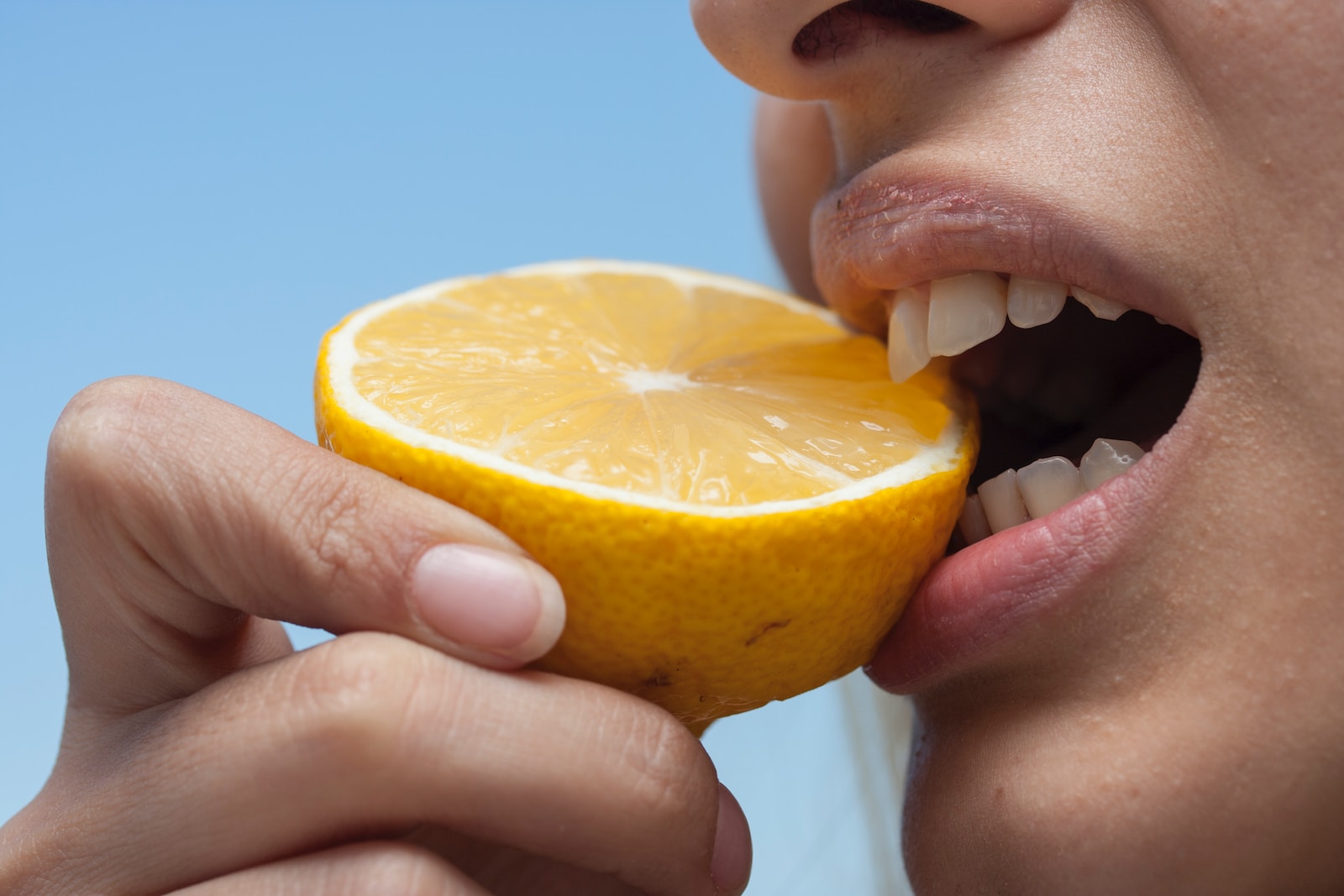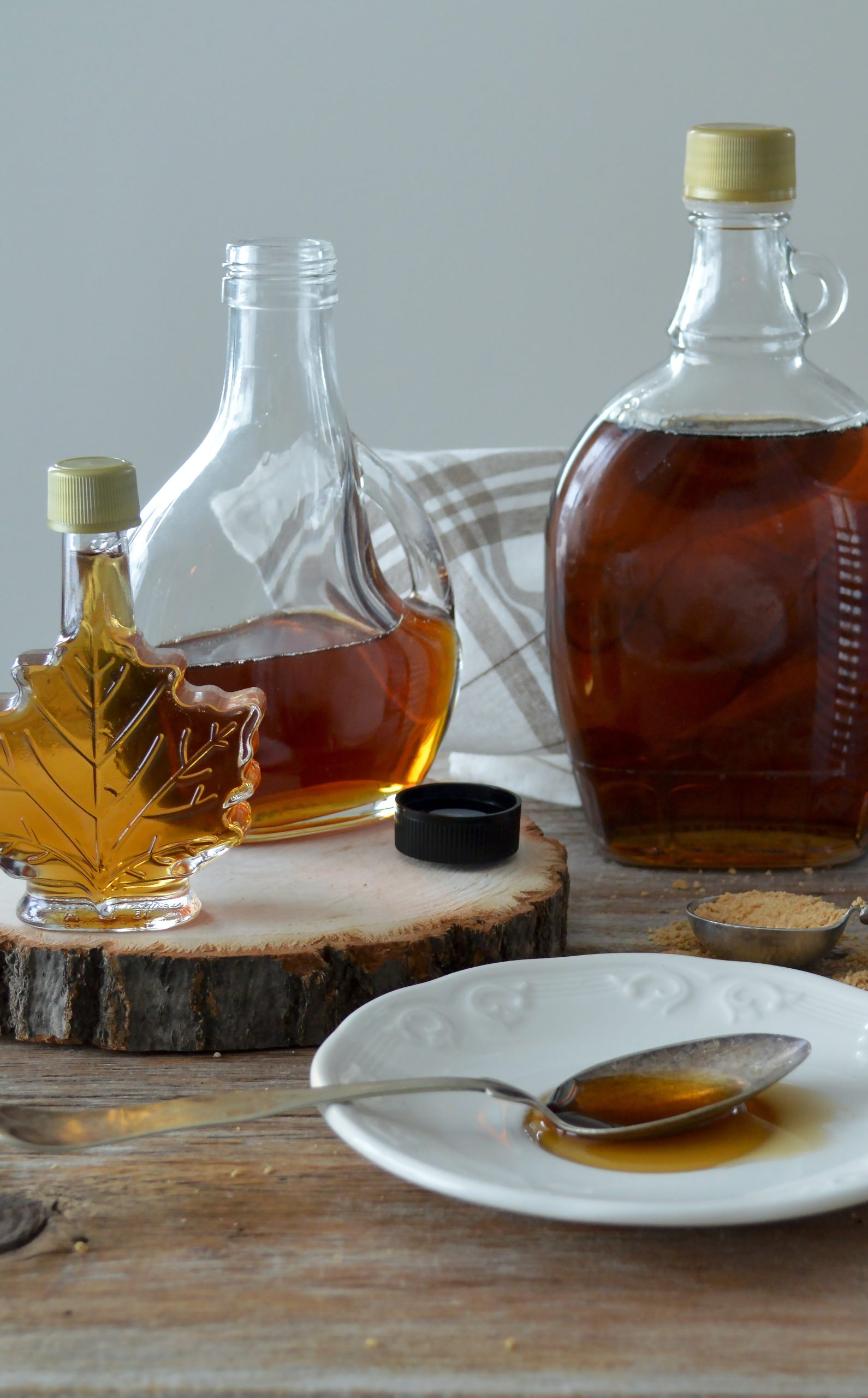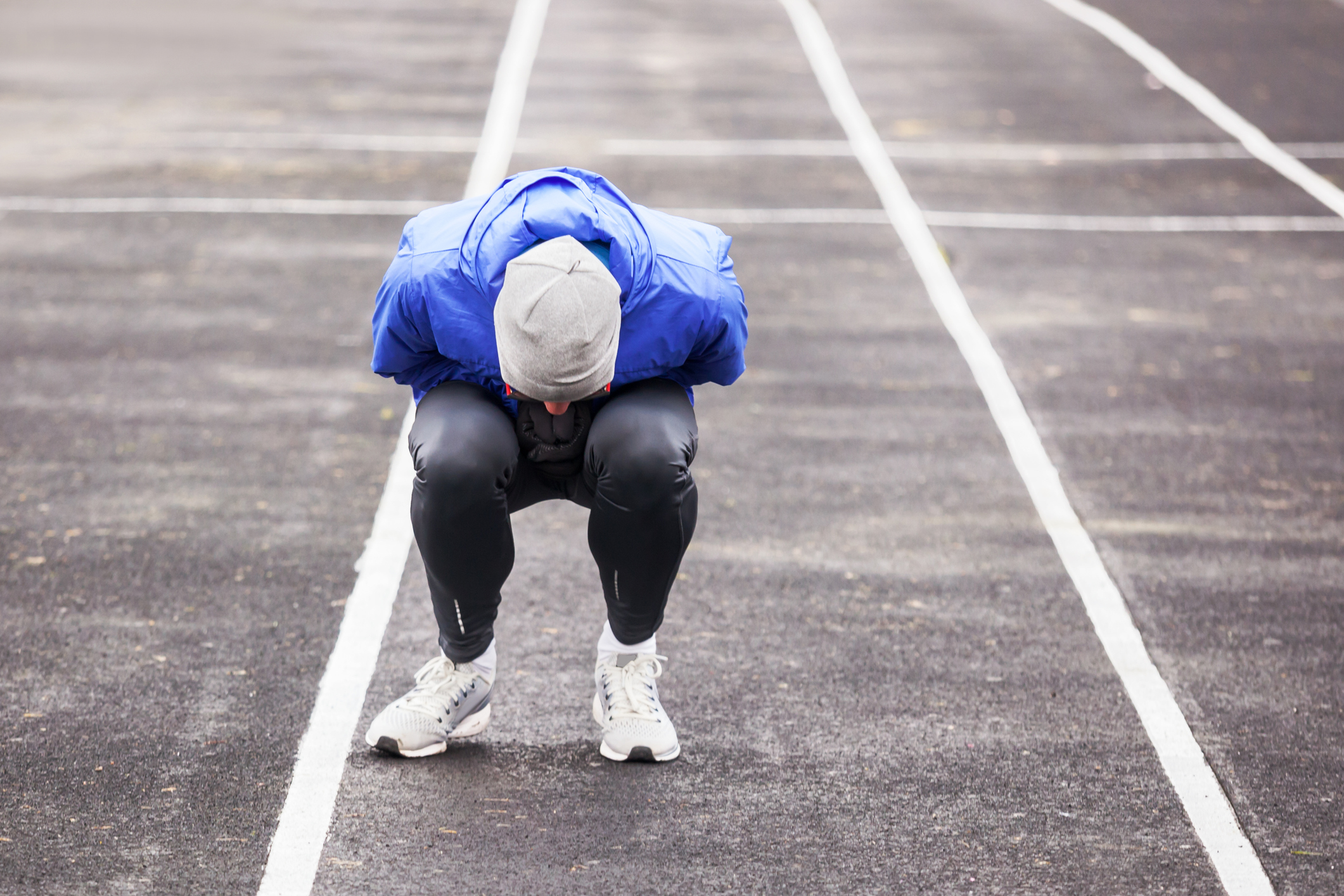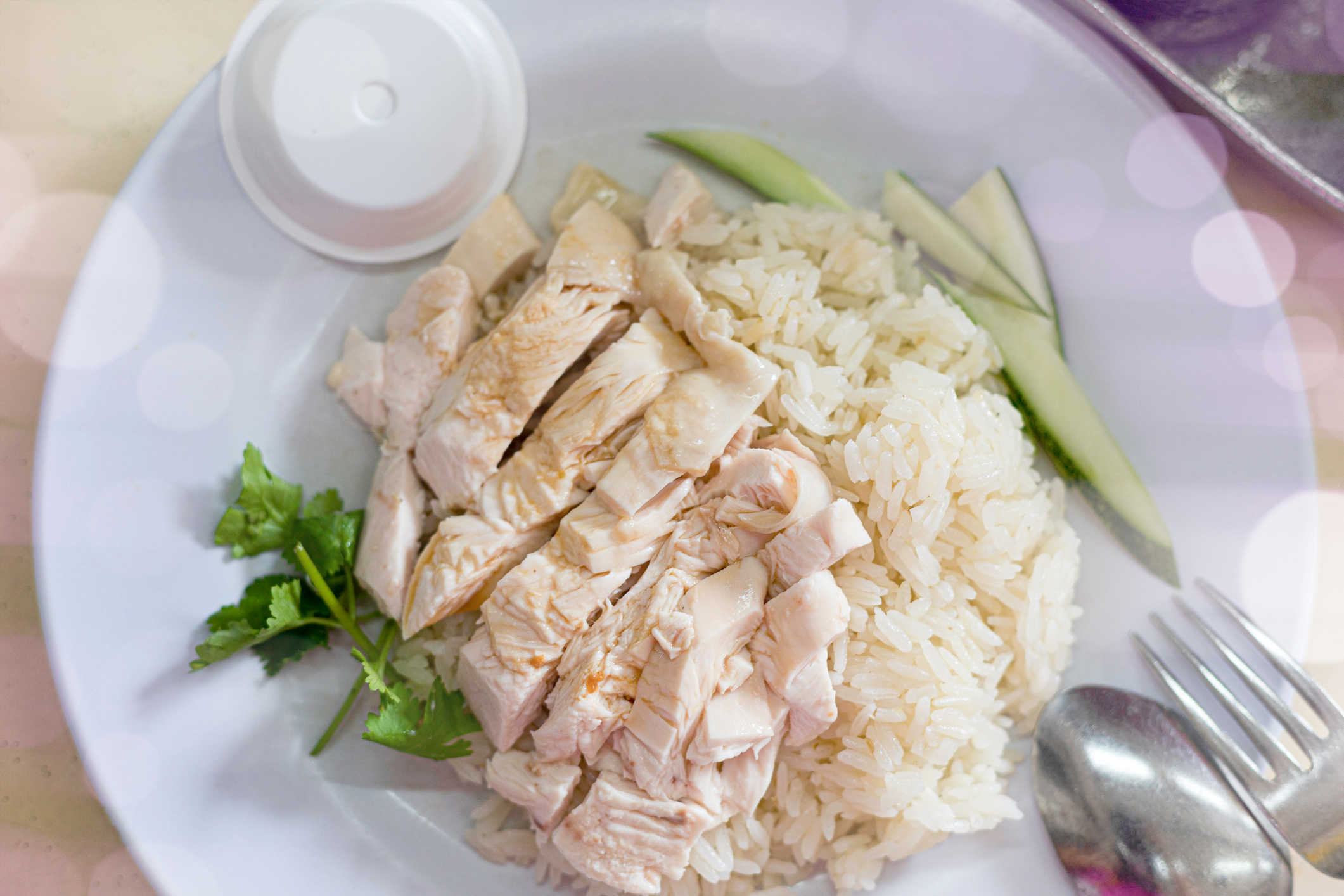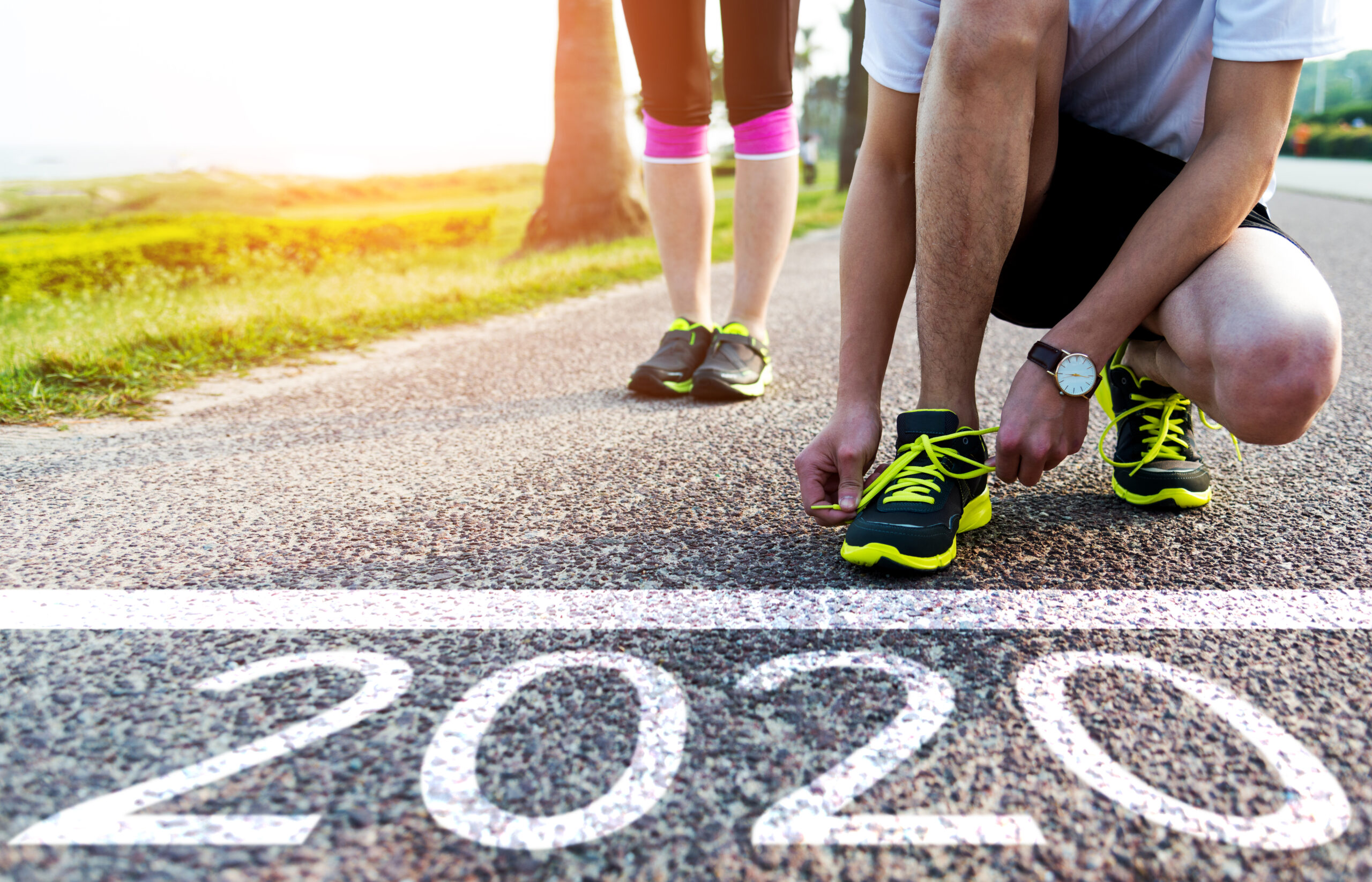How to Fuel During a Ride
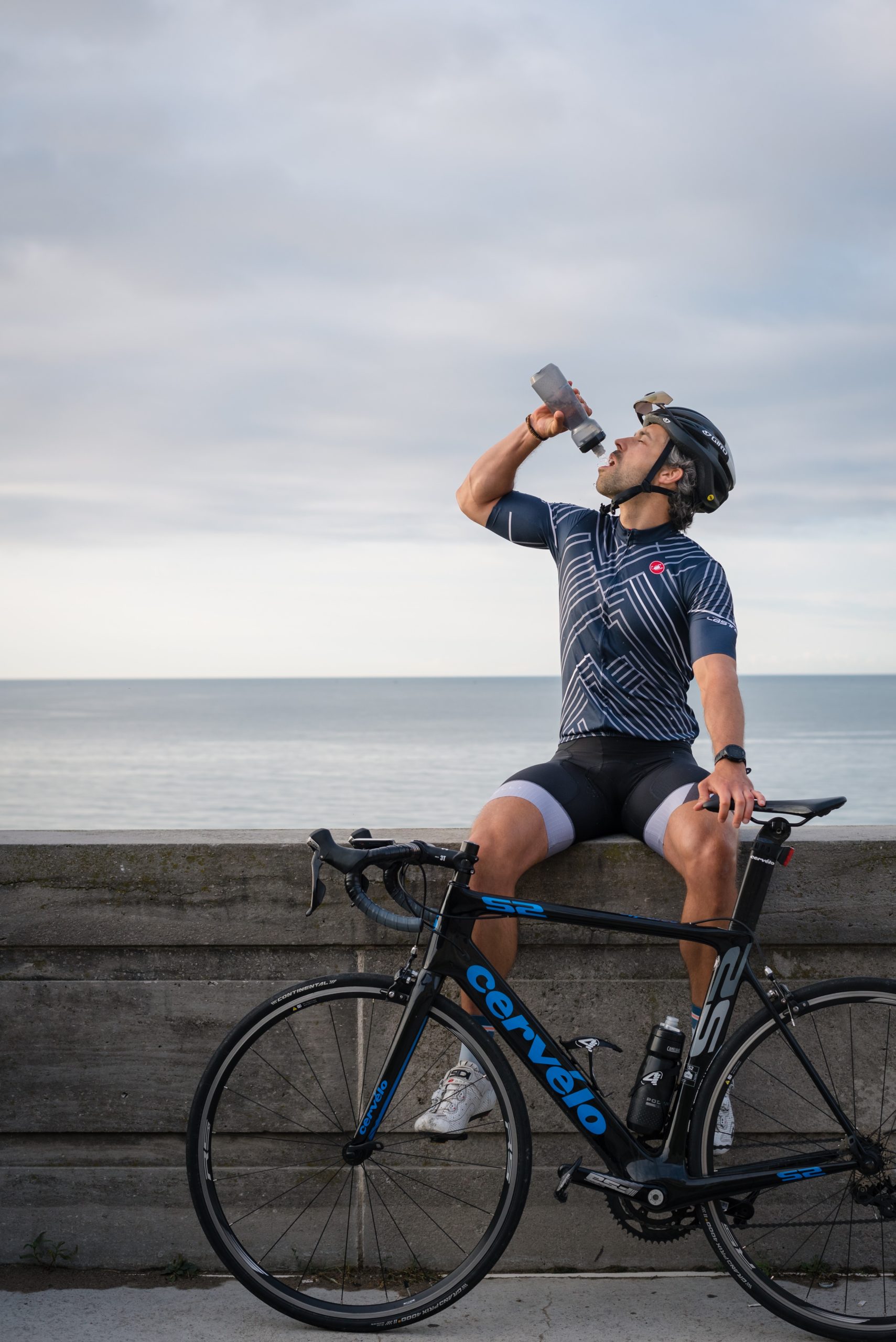
Whether you are a competitive cyclist or enjoy exploring on two wheels, proper sports hydration and fueling play an essential role in performance, recovery, and overall well-being. But, if we asked 100 cyclists what to eat and drink during a ride, we might get 100 different answers. And not that there are any wrong answers since we have different preferences and needs. So, although sports nutrition and hydration are not one size fits all – there are general guidelines to consider when formulating a sports fuel plan that meets your body’s needs.
Hydration During a Ride
Hydration should be your main priority for a sports fuel plan, regardless of your intention for or duration of the ride. Dehydration, defined as a fluid deficit of >2% body weight during exercise, is the most common cause of fatigue and poor performance, but fortunately, it is also easily preventable. Dehydration increases core temperature, heart rate, and perceived exertion. In addition, dehydration slows gastric emptying and gut motility. So, it doesn’t matter what or how much you eat; if you are dehydrated, that energy will likely get hung up in the gut, unable to be absorbed, and may lead to gastrointestinal distress.
Climate and temperature impact hydration needs and, ultimately, performance. On warm or hot days, in high humidity, altitude, or heat acclimatization sessions, hydrating from the start is critical – well before you feel like you need it. Bear in mind during exercise; water is not proper hydration for the body; fluids should contain electrolytes, specifically sodium, to promote hydration.
Fueling During a Ride
The effort and duration of a ride dictate your fuel needs. Cycling is an intermittent-intensity sport, meaning it includes both low and high intensity. During all activity, the body utilizes a combination of carbohydrates (carbs) and fat; however, it is the intensity that dictates which is more heavily oxidized or burned over the other. Fat is utilized over carbs during low to moderate-intensity efforts but could be 50/50 carb/fat depending on the athlete’s fitness level and metabolic health. On the other hand, high-intensity efforts such as Strava sprint segments, interval workouts, or during a competition require a higher percentage of carbs to fuel the effort.
When glycogen stores are full, the body has enough energy (in muscles and the liver) to fuel approximately 90-120 minutes of moderate effort intensity. And the higher the effort, the faster you burn through glycogen (stored carbs in the muscle). Because muscle glycogen stores are limited, we should consume easy-to-digest carbs during an interval ride or race to support performance and avoid depleting glycogen stores and “hitting the wall.” Therefore, the longer the ride, the more critical fueling becomes to a strong finish and faster recovery.
To be clear, we measure fuel as carbohydrates in grams, not calories. We don’t use fat, protein, fiber, or sugar alcohols in sports fueling because they are not efficient energy sources during exercise. And they likely would slow down your system, not enhance performance. An exception includes an aerobically fit cyclist during a social ride fueling with a mixed macronutrient fuel source (containing carbs, some protein, and a small amount of fat) is appropriate. Examples are sports bars, peanut butter crackers, or homemade products such as trail bars, peanut butter-coconut balls, and raisin/date cookies.
Sports Nutrition Guidelines
<75 minutes
- Hydration: Water 14-28+oz/hr with 185-225mg sodium/8oz. In cooler temps, aim for the lower end of the range; in warmer weather, aim for the upper end. Examples: LMNT, Liquid IV, NEVERSECOND Sodium Booster, Precision Hydration, NUUN.
- Fueling: 0-30g carb/hour to facilitate the absorption of sodium.
- Rationale: Given this is a short ride and assuming it is the only workout of the day, muscle glycogen stores should be well stocked. With fully loaded glycogen stores, you have plenty of energy on board to fuel this workout, even a high-intensity session. However, if it has been more than 3+ hours since your last meal and the session includes high-intensity intervals, it may help to have a small low-fiber, low-fat, easy-to-digest CHO snack 30-60 min before the ride to top off blood sugars.
Up to 2.5 hours:
- Hydration: Water with electrolytes or electrolyte-rich sports drink. 14-28oz/hr with 185-225mg sodium/8oz
- Fueling: 30-60+g Carb/hr. Examples of products to mix and match: Skratch Sports Hydration, Tailwind, EFS, Gels, Clif Bloks, Skratch Chews, Sports Bars (low in fat and fiber), NEVERSECOND C30.
- Rationale: For rides up to 2.5 hours, aim for 30-60+g Carb/hr starting in the first 15-20 min of the ride, with little sips or bites frequently throughout each hour. The more aerobic the ride, fuel at the lower end of the range, and for high-intensity rides, fuel at the top end.
>2.5 hours
- Hydration: Electrolyte sports drink, 20-24oz/hour with 185-225mg sodium/8oz.
- Fueling: 60-90+g Carb/hour. Examples of products to mix and match: Skratch Sports Hydration, Skratch High Carb, NEVERSECOND C30 or C90, TailWind, EFS, Gels, Clif Bloks, Skratch Chews, and Sports Bars (low in fat and fiber).
- Rationale: Rides lasting more than 2.5+ hours can substantially deplete glycogen stores; therefore, higher CHO intakes are associated with improved performance and recovery. Aim for 60-90g Carb/hr from the beginning of the ride. Recent research suggests we can absorb more than 90g/hr – although it needs to be implemented sensibly and over many training sessions to test drive before a key event or race.
Recovery Nutrition
Your recovery and training regimen influence how well you adapt and, ultimately, your fitness gains. More importantly, your recovery directly impacts how well you are set up for tomorrow’s training session. If you feel sore, tired, fatigued, and struggling to focus, you are likely not adequately recovering or under-recovering from your training. The importance of recovery nutrition depends on the duration, intensity, type of exercise, training phase, fitness goals, and health considerations.
The goals of recovery nutrition are:
- Refuel and rehydration of the body
- Promote muscle repair and growth.
- Boost adaptation from the training session
- Support immune function
The nutritional makeup of recovery nutrition includes carbs to replenish glycogen stores, protein to repair and rebuild muscle tissue, and fluids with electrolytes to rehydrate.
For female athletes, the optimal recovery window is within the first 45 minutes after exercise because an increase in blood flow and insulin sensitivity during this time helps boost cellular glucose uptake and glycogen restoration.
For male athletes, the recovery window is up to 2 hours post-exercise.
A meal following the ride will suffice; however, if a meal is hours away, plan a recovery snack to optimize recovery and adaptations. This will also help offset overeating later in the day.
Guidelines:
The recovery fuel should include 20-30g protein and 40-60+g Carbs. If you weigh yourself pre- and post-training sessions, replace 75% of fluids lost gradually over the next 6+ hours.
For example – a 150lb (68kg) athlete would need:
- 20-27g protein and up to 65-80g carb. Remember, the intensity and duration of the cycling session dictate the importance of recovery fuel.
Post-workout/race meal/snack examples:
- 6oz Greek Yogurt, 1 English Muffin with 1TBSP nut butter, and a medium banana
- 20g Whey or vegan protein, 8oz milk, banana, and toast with butter.
- Grilled chicken breast, medium baked potato, one roll with butter
Final Thoughts
Proper fueling and hydration are critical to fitness, recovery, health, and body composition. Far too many train or exercise without fuel with the end goal of “burning more fat.” However, the truth is that the athlete is creating a broken down, stressed out, fat-hoarding system. As counterintuitive as it may seem, giving your body the fuel it needs when it needs it offsets late-day cravings, reduces systemic stress, supports positive fitness gains, a stronger body, and a better-regulated appetite to support overall health, body composition, and performance.
To get a customized sports fuel plan to fit your specific needs, check out Training/Race Day fueling and sports nutrition services.

